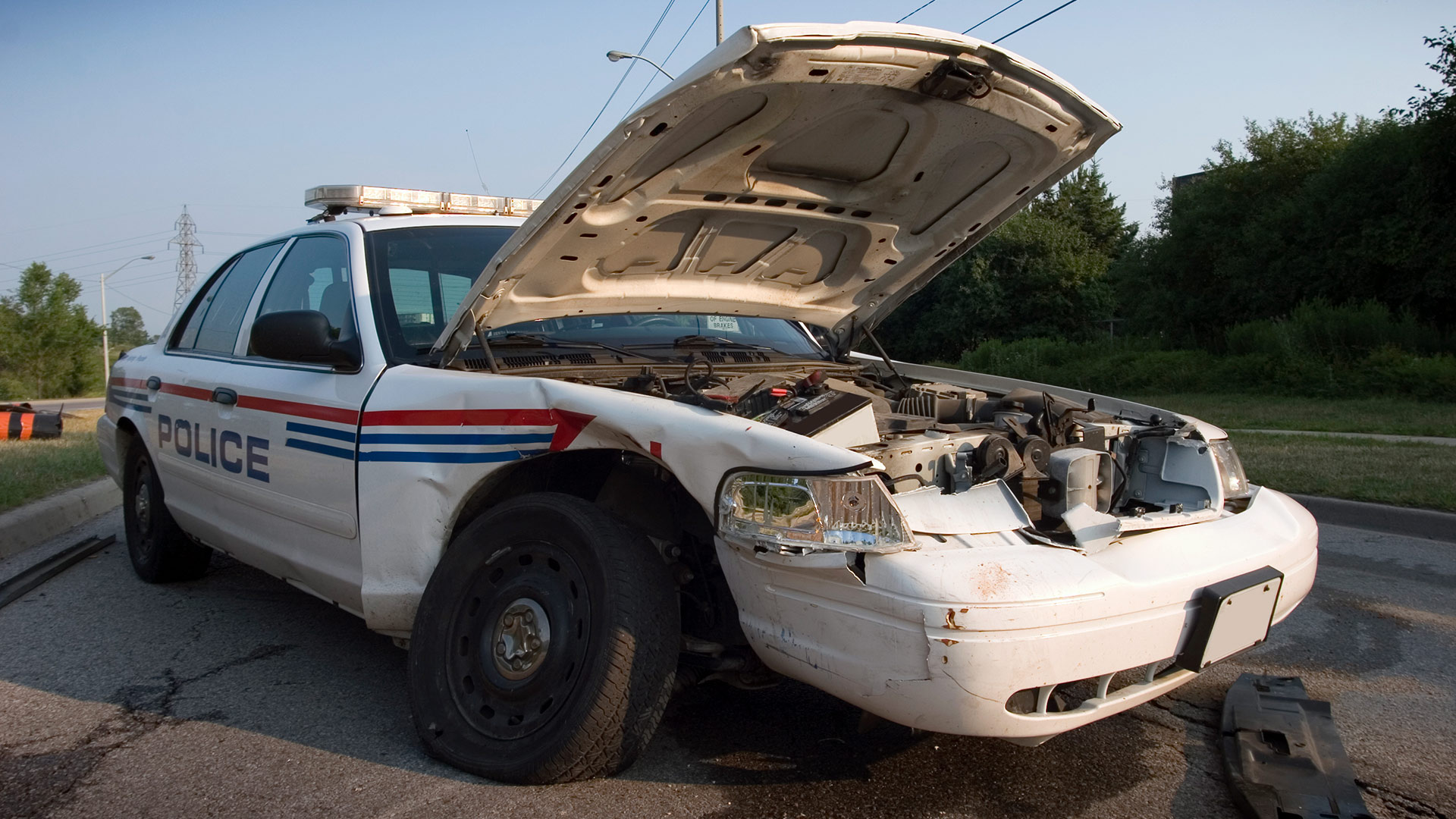
Experts are re-evaluating police driving practices in major departments across the country after finding that a substantial number of injuries and fatalities affecting both officers and innocent bystanders are due to police-related crashes.
For instance, experts found that in Chicago alone there are hundreds of fatal crashes each year linked to both police emergency response calls and vehicle pursuits.
Chicago Police Department data shows that from August 2017 to the end of 2021, 617 police pursuits resulted in crashes, and around two dozen of those were fatal.
During that same period, there were 729 crashes linked to emergency response calls. In those incidents, 225 police officers and 21 civilians were injured.
Researcher Hope Tiesman of the National Institute for Occupational Safety and Health said that police crashes are caused by a combination of factors, such as high speed, fatigue, poor training and driver distraction.
“Patrol cars are becoming similar to cockpits in fighter jets in regard to the number of technologies and in-car electronics,” she said. “Humans do not multitask well, though we think we do.”
Police crashes take a toll on police officers as well. According to a survey of 425 officers from eight California police departments, one-third reported experiencing an on-duty crash in their careers.
Furthermore, the National Law Enforcement Officers Memorial Fund states that car crashes are a leading cause of death of police officers behind shootings and occupational diseases, killing an average of 31 officers each year.
Over the past decade, researchers have been working to help improve safety procedures for police driving.
New practices initiated in 2011 by police in Las Vegas included limits on speed and a powerful marketing campaign that showed the consequences of speeding. According to a study by the American Journal of Industrial Medicine, the practices helped reduce crashes by one-fifth and injuries by nearly half from 2011 to 2013.
Although some experts argue that further reforms are needed, most police departments are focusing their energy on de-escalation and use-of-force policies instead of driver safety training.
“In the ideal world, they should be having more driver training,” said Jeffrey Rojek, an associate professor of criminal justice at the University of Michigan. “There’s not enough time, not enough money.”
Experts say the most dangerous aspect of police driving is the car chases. Despite narrowing the appropriate circumstances for pursuits over the years, fatalities from car chases remain steady.
From 2006 to 2019, the National Highway Traffic Safety Administration recorded an average of 326 deadly chases annually. In 2020, there were 455, and almost a third of those involved innocent bystanders.
Many departments have decided to revise their policies to limit pursuits to cases involving violent criminals. Although the intention is there, critics say the changes may not be effective.
Researcher and mechanical engineer Nichole Morris believes the revisions are “legalese written by lawyers” and difficult for officers to follow and enforce.
For the Chicago P.D., almost half of all police chases resulted in collisions and a third resulted in civilian injuries.
According to the agency’s vehicle pursuit policy, officers must “consider the need for immediate apprehension of a fleeing suspect and the requirement to protect the public from the danger created by eluding offenders.”
Following a 2020 high-profile fatal crash between an officer and Guadalupe Francisco-Martinez, who died as a result of the police pursuit, the department revised its chase policy to ban pursuits for traffic offenses and property crimes. The policy also requires officers to check for traffic at intersections.
However, critics say the changes are not exhaustive and do not address how police approach suspected stolen cars or whether they should chase a suspect believed to be under the influence of drugs or alcohol.
After the revised policy was implemented in 2021, the Chicago P.D. still engaged in 317 pursuits, which is more than the three previous years. Despite this worrying trend, experts say more time is needed to assess the impact of the policy.





